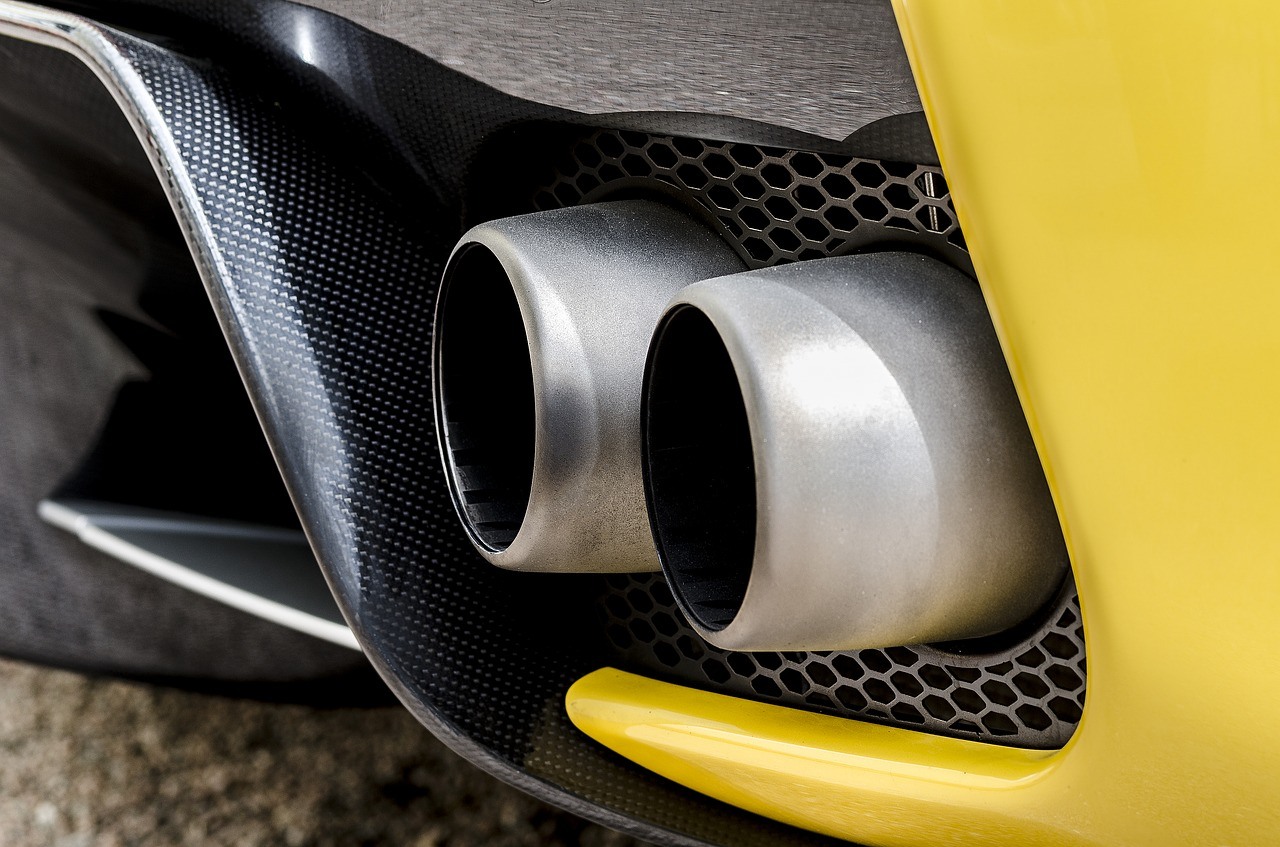
Before you take your vehicle into a smog check, it goes without saying that your car should be in good working condition in order for it to have a decent chance of passing. If a car’s systems are all operating properly, it is more than likely that it will pass the check. However if you are uncertain as whether or not your car is in good enough condition, there a few steps you can take that are likely to help eliminate the need for expensive repairs and the likelihood that the odds of passing will be in your favor.
If you live in one of the 33 states in which smog check programs are in effect as part of the Clean Air Act, your car’s emissions system must be functional. Your state’s motor vehicle registry can provide more information about smog check requirements as the requirements and process can be a huge hassle for car owners and vary state by state. Knowing and understanding the rules and how to prepare is a necessity prior to taking the test and often can be complicated, so having information about how to pass is more than useful as well. Below are some tips that can help you to prepare before your next smog test.
Make sure the Check Engine light is clear
The check engine light sometimes may incorrectly indicate that something is wrong with your vehicle. Even if your car is in fairly good condition and not emitting fumes harmful to the environment, a check engine light is an automatic fail in the smog check. However usually the check engine light does not lie, the most common reason is an oxygen sensor. Sometimes the oxygen sensor may not be entirely dysfunctional, but rather just improperly regulating the air/gas mixture which is an automatic fail. So whenever the check engine light is on, consider dropping $168 on a new oxygen sensor, otherwise you may end up having to pay much more in repair costs on the repair of a catalytic converter which can cost more than $1000 in some cases.
Cruise to prep the Catalytic Converter
Driving the car on highways at normal speed a few weeks prior to the test helps to get your catalytic converter heated, the heat burns away gas and oil residues that have built up. Catalytic converters work by converting pollutants into more eco-friendly emission upon leaving the exhaust system. Driving short distances and on short trips often is adverse to the proper operation of an emissions system, the catalytic converter must get hot enough in order for it to function as it should.
Oil Change
Also make sure that you have changed your oil recently enough. If your car has dirty oil within the crankcase, additional pollutants may be released as a result and cause the car to fail. When your mechanic does the oil change, request that he inspects the vehicle visually and check for broken, cracked and disconnected hoses.
Do a Tune up
Two weeks before the smog test, you should have a tune up done. Any required maintenance that you may need to have done should be done well before the test. When a battery is disconnected during a tune up, the car’s onboard computer is reset. When the onboard computer is reset, your car needs two weeks of road time for the onboard computer to have returned to its original condition and the running of all the diagnostic tests needed in a successful pass of the diagnostic test. If you do a tune up at the last minute, your onboard computer will not function properly during the test.
Fill your tires up
Always make certain your tires are inflated properly. In many states a dynamometer test is required, during a dynamometer test the vehicle is placed on rollers while the engine is run at high speeds. Under inflated tires cause a car’s engine to worker harder than necessary to reach the required engine revolutions in the test.
Check gas and coolant levels
Smog tests run the car in place at high speed and less air goes through the radiator to cool it. If your coolant tank is full, the radiator should work better and properly during the test. Sometimes your car may be tested while on an angle, if you have a low level of gas in the tank the fuel pump may become exposed while vapor gets into the fuel line, causing your car to fail.
Pre-inspection
In some states car owners can get a pre inspection done at smog stations, pre inspections cost less than the actual test. Pre inspections are especially a good idea when an owner knows that his or her car is borderline. If your car fails pre inspection, so what, at least you will have saved a few dollars. Tests are not fun, car owners should be certain their car will pass before paying test fees and taking the time to have an emissions test performed.
Use fuel additive
Older cars in particular tend to have clogged fuel injectors. Using additives helps to clean small openings and to help the car pass the smog test. If you live in California, however, the state’s gas is known to be the very best and loaded with additives and using such products as Techron are not necessary.
The next time you have to have a smog check performed, follow these tips and guidelines. Your car may even be in better than average condition, prepping your car can help to save time and money on multiple tests and repair costs that could have been avoided.